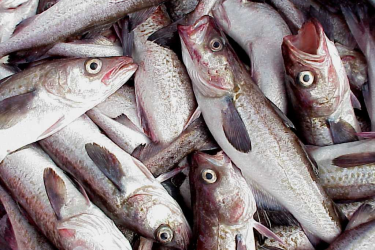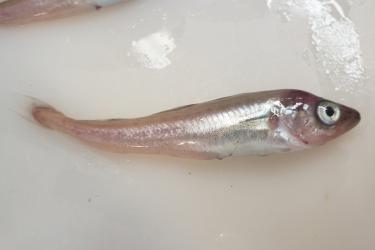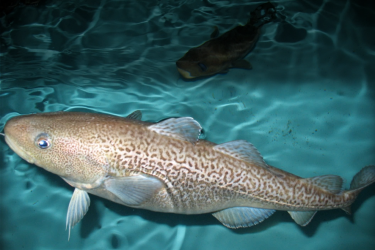Pacific Cod Results
Regulatory Amendment to Limit Access by all Federally Permitted Vessels to the BSAI Pacific Cod Parallel State Waters Fishery
This final rule modifies Federal permit conditions and imposes participation requirements for certain federally permitted vessels when fishing for Pacific cod in state waters adjacent to the exclusive economic zone of the Bering Sea and Aleutian Islands…
Effective
04/25/2024


